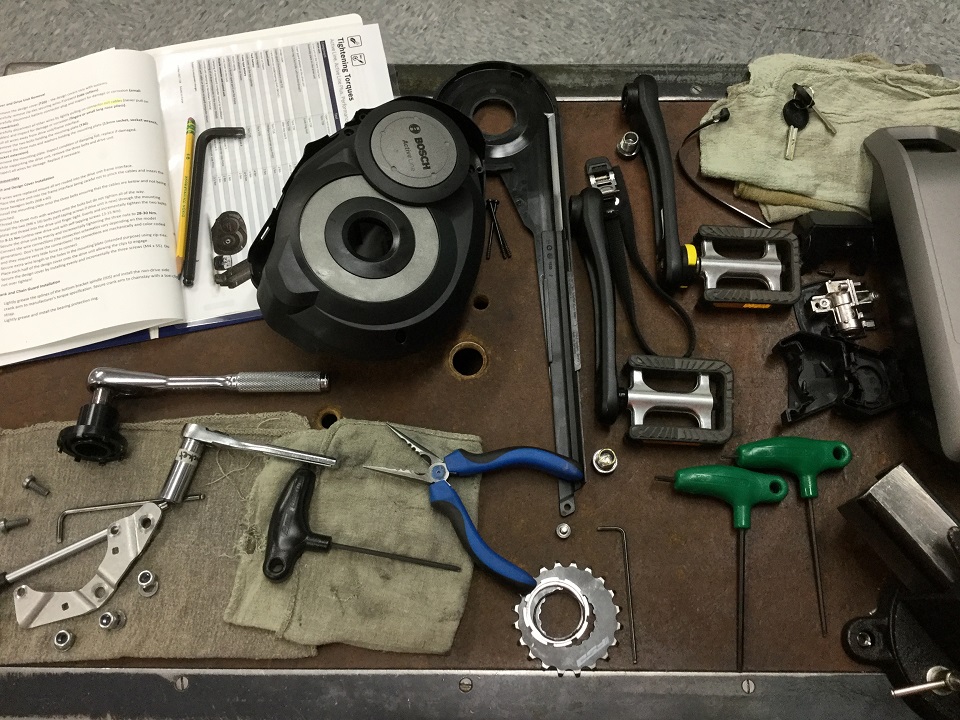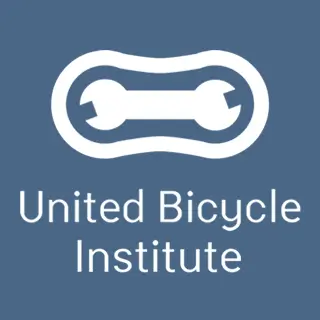 We all have that moment of selling a bike to a customer and the last thing we want to do is remind them that it needs basic things like charging or service or that they should be mindful of other cyclists. We are all about making sure that they enjoy the ride but many times we do our customers a disservice by not reminding them of these things. I’m still unsure if it’s actually our responsibility to do so, being that typically the purchasers in this situation are consenting adults. However, they have to get the information somewhere, right? Why not be the avenue for education in addition to their service provider.
We all have that moment of selling a bike to a customer and the last thing we want to do is remind them that it needs basic things like charging or service or that they should be mindful of other cyclists. We are all about making sure that they enjoy the ride but many times we do our customers a disservice by not reminding them of these things. I’m still unsure if it’s actually our responsibility to do so, being that typically the purchasers in this situation are consenting adults. However, they have to get the information somewhere, right? Why not be the avenue for education in addition to their service provider. 1. Batteries
Even Maintenance in general could be approached in this manner. Instead of handing a customer a sheaf of useless paper that explains in great detail and several languages that riding a bike is dangerous, maybe you could hand them a single sheet that enumerates their responsibilities as a bike owner; suspension service hours, typical tune-up schedules, a quick FAQ about their bike (how to take the wheel off, things to check before every ride), and maybe your maintenance class and group ride schedule for the next two months. Then, they really can’t say you didn’t give them the information.
2. Road etiquette
While you are required to know hand signals to drive a car, not everyone realizes how this translates to the bike. The most successful shops that engage with their clientele, typically do a happy hour ride or possibly a coffee hour ride, and while riding in the city you are able to lead by example and use hand signals which will encourage others to do the same. And usually these routes are planned along major commuting bikeways to reinforce the idea that the best bike route, is often separate from the best car route. Some even go on a test ride with their customer. Another good one is how to pass another rider in the bike lane and how to ride in groups. These are all skills that aren’t necessarily common sense but can really foster a sense of confidence in the rider, which according to the latest PeopleforBikes data, is the number one reason that more people won’t ride to work or inside the city.
 3. Trail etiquette
3. Trail etiquette
Now this is where the conversation tends to become heated, as it is still up for debate on whether or not e-bikes should have separate trails. That’s not what we are discussing. However, understanding the trail etiquette means knowing how to ride the trail system (uphill only or downhill only trails), giving right of way to those who are climbing, actually pulling your bike over and leaning off the trail to allow for other riders to pass you, being patient until the slow person in front of you finds a safe place to stop and allow you to pass. And understanding how the trail systems are built (typically – greens at the bottom, blacks at the top) trail wear and how that is impacted by things like shuttles and e-bikes. Possibly even working with your customers to have trail education and trail building days; or at least having a presence when IMBA or other trail organizations get their but in gear to put in work as well.
As we engage with our communities, we are simultaneously doing good for the world, but also working for those dollars. Being engaged is a great thing!
Creating demo days, suspension set-up days, coffee rides, no-drop rides, WTFNB rides, training rides, connecting riders who should ride together, creating safe routes to schools, teaching children how to ride bikes, teaching adults how to ride bikes, giving cycling specific directions, showing folks where to ride for the best views, being good-samaritan riders on the road by always carrying a flat kit and always stopping, flat tire and maintenance clinics, creating bike lanes, maintaining bike infrastructure, trail work days, maintaining a blog about cycling, etc.
There are so many ways to become involved in your community and your environment. And many times you’ll see the return on that investment. Customers that engage, are ride or die with your shop, and continue to bring you treats, or at the very least, consistent work.

